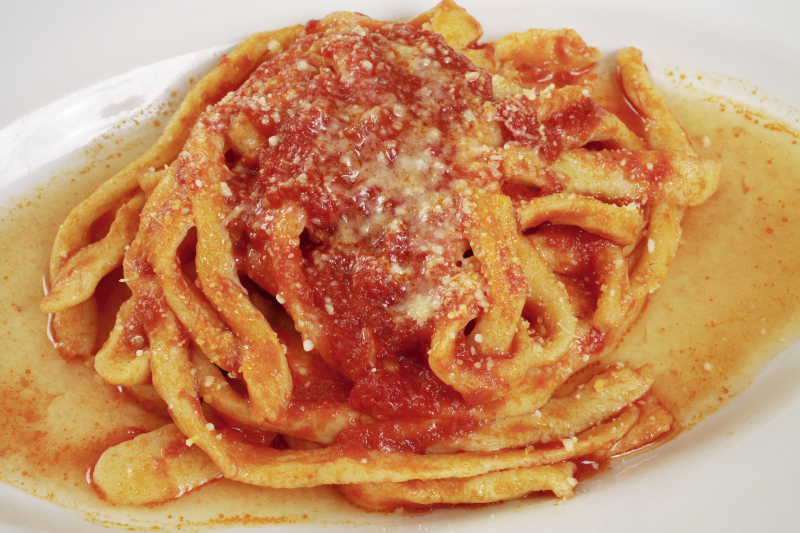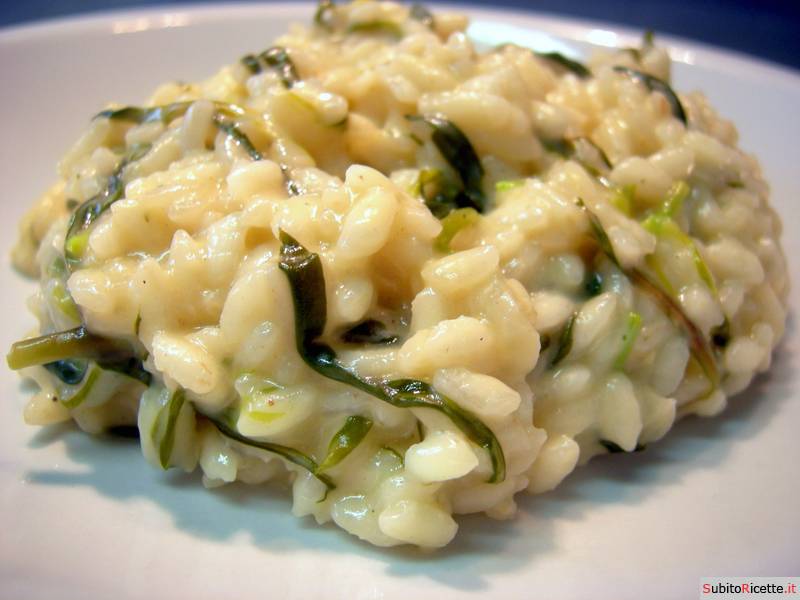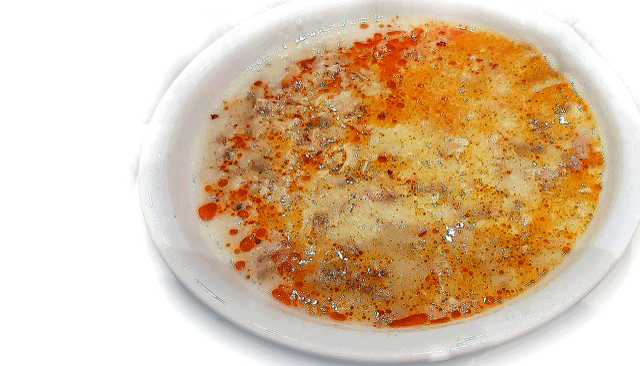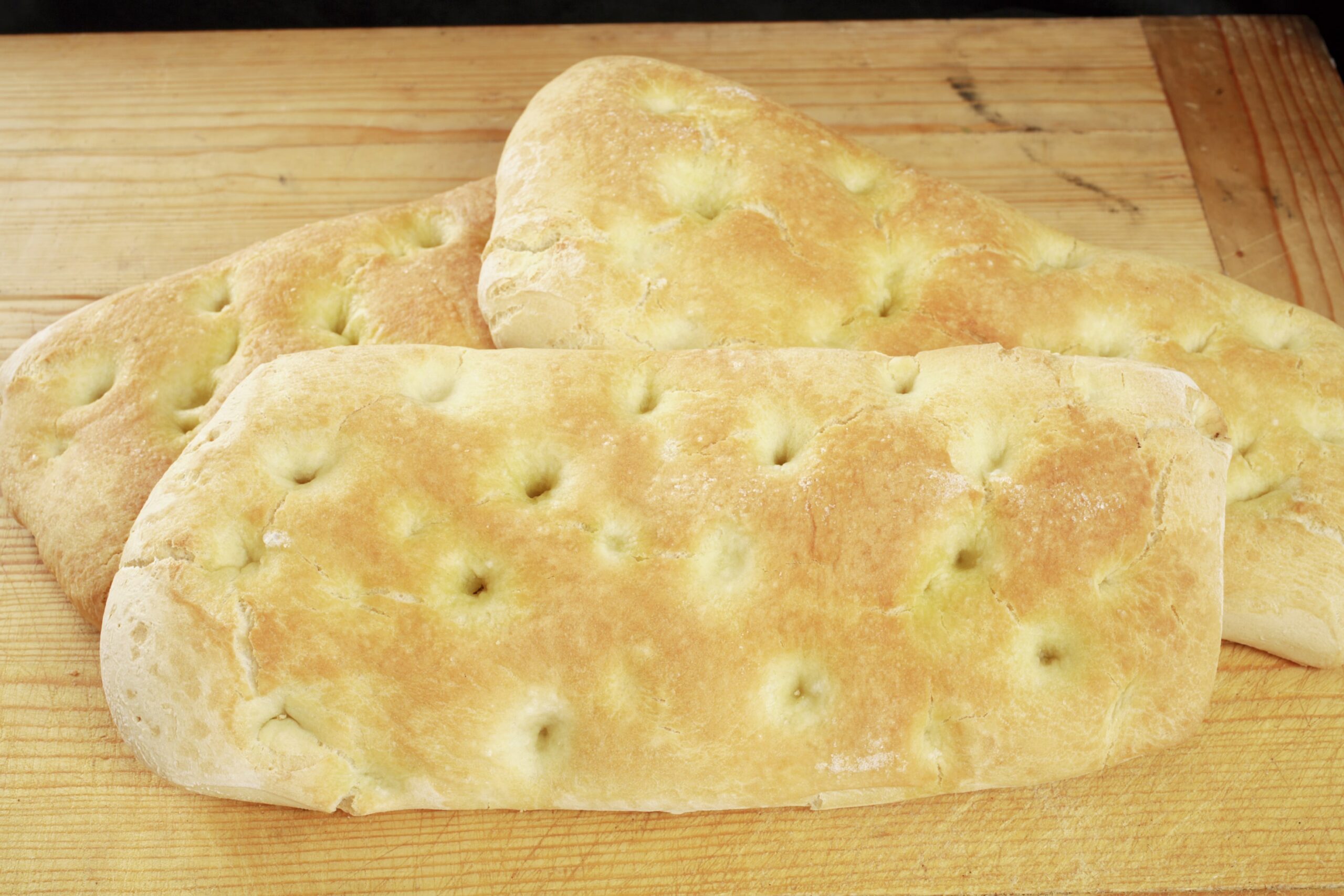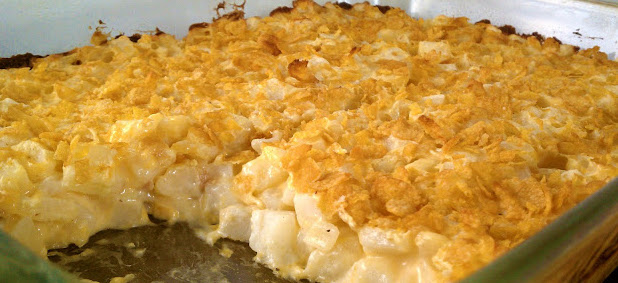Attention: the typical dish of Elice, province of Pescara, could be misleading. What’s so special about fresh pasta with sauce? Well, to begin with, as the Abruzzese say, ‘na freca di storia, di artigianato e di manualità. In fact, since the Middle Ages, the presence of water mills for grinding wheat has been attested along the Fino river, which flows between Pescara and Teramo. Flour and water were so intrinsically linked to the economy of the territory that the prototype of pasta obtained from it was called Molinara and was prepared with garlic, oil and hot pepper. In this regard, let’s remember that A) meat was a luxury good; B) the tomato had not even arrived in Europe (and it took a long time before we Italians trusted it to be used in cooking).
And here is the deception of the name: the miller, a key figure in the process of transformation of the raw material, surprisingly has nothing to do with it. Mugnaia derives rather from "mungere" (milking), and refers to the gesture used to pull the long and rather fat strands of dough out of the floury skein, a maneuver that is anything but simple (it requires a certain dexterity as well as physical strength) and that recalls the "squeezing" of the udder of a dairy cow.
These are the origins and the etymology of pasta alla mugnaia: how has it evolved today? It is a fresh pasta made of soft wheat and egg, with a long shape and a thickness of at least 1 centimeter. The typical sauce is made of veal and pork meat browned on a mixture of peppers, onion and carrots, to which tomato puree and diced eggplant are added. Finally, a nice sprinkling of pecorino cheese and the inevitable glass of Montepulciano d’Abruzzo.
